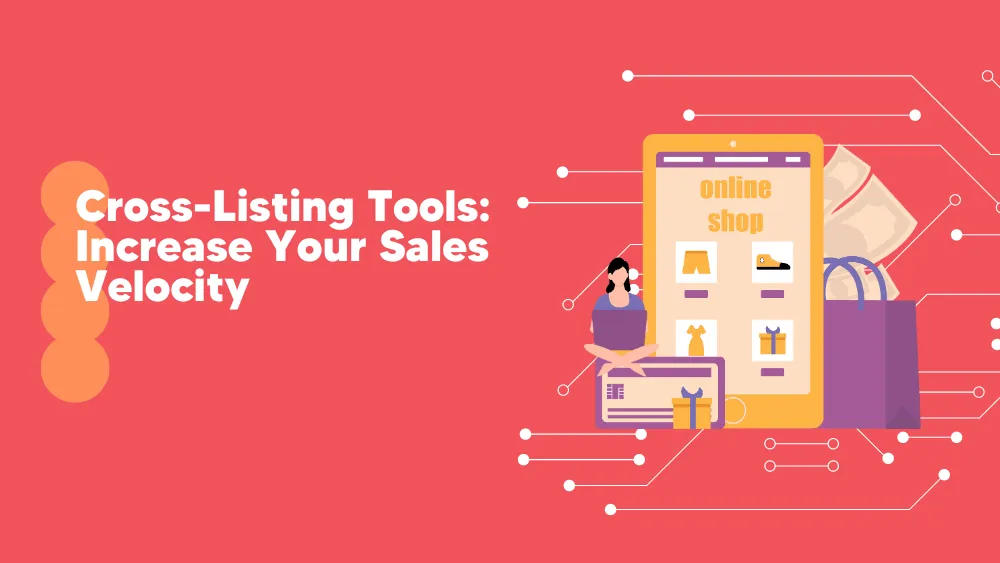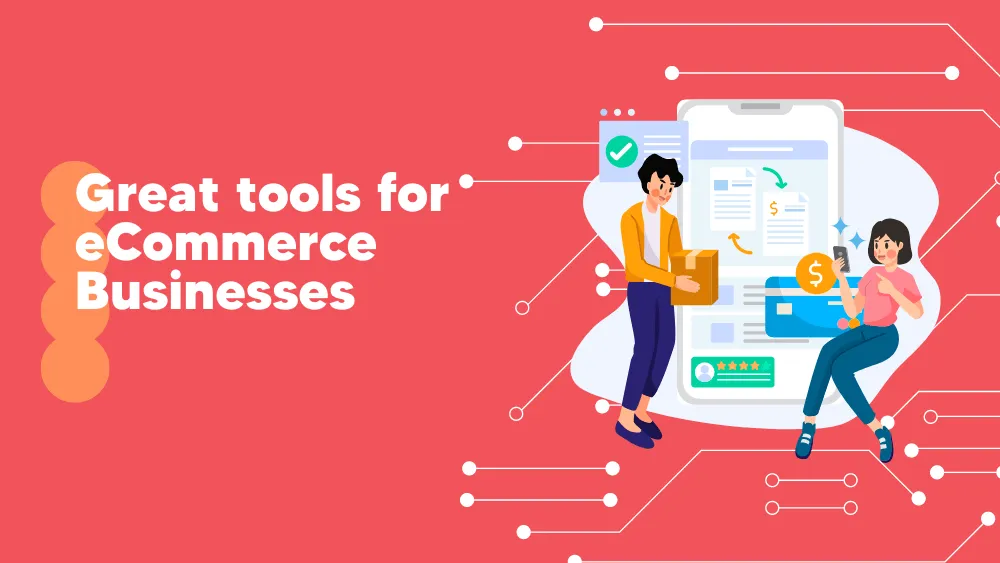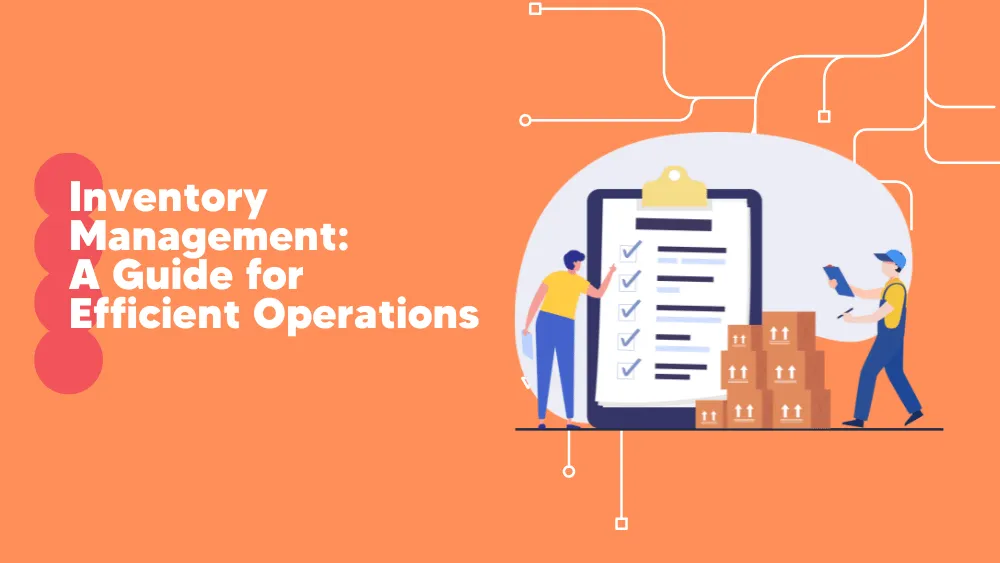The goal of omnichannel ecommerce is to provide a seamless, integrated buying experience for customers at all online and offline touchpoints. Omnichannel ecommerce integrates all of the channels, unlike traditional retail methods that handle each one independently. This allows customers to move between platforms easily, whether browsing on a mobile app, making a PC purchase, or picking up in-store.
What is Omnichannel Ecommerce?
So, what is omnichannel ecommerce really about, and why does it matter? This strategy fits nicely with the way people shop today. According to studies, 73% of retail customers interact with businesses across several platforms, making them omnichannel shoppers.
Furthermore, 90% of multi-device owners switch between screens to accomplish work, frequently use three or more devices daily on average. All consumer interactions—through email, social media, physical stores, and websites—are connected by omnichannel ecommerce to create a smooth experience that fosters customer loyalty and flexibly and modernly responds to their needs.

Building a Winning Ecommerce Omnichannel Strategy
Businesses must seamlessly integrate online and offline platforms to provide a consistent, high-quality customer experience. That’s how you can create a successful e-commerce omnichannel strategy. The following are essential parts of a successful plan:
Understand Your Client
Any successful approach requires a thorough understanding of your target audience. Create buyer profiles according to requests, preferred channels, shopping behaviors, and demographic details. Knowing who your consumers are makes delivering relevant, customized experiences that improve engagement across channels easier.
Define Clear Goals
Start by setting specific, measurable objectives. Are you looking to boost online sales, increase foot traffic in stores, improve brand loyalty, or elevate customer satisfaction? Clearly defined goals will help you shape your omnichannel efforts to align with your business vision.
Personalize Interactions
Utilize client information to provide personalized experiences, such as suggested products or exclusive deals derived from prior exchanges. Customers feel appreciated when you take a personalized approach and are more likely to interact with your brand.
Integrate Technology and Data
A unified view of customer data across platforms is key for a streamlined experience. Integrating your inventory, customer relationship management (CRM), and order systems allows real-time updates and visibility. This synchronization supports seamless shopping, whether online, in-app, or in-store
Preserve a Uniform Brand Identity
Whether a consumer engages with you via social media, a mobile app, your website, or in-store, maintaining consistency across all channels fosters trust and brand recognition. Use a consistent tone, style, and messaging to establish familiarity and strengthen your brand’s presence.
The Role of Omnichannel Ecommerce Platforms
Omnichannel ecommerce platforms are made to centralize and synchronize data across channels, enabling seamless client experiences and real-time updates. Typical key features are:
Unified Customer Data
These solutions generate a 360-degree perspective of the customer by combining information from social media interactions, in-store visits, and Internet sales. This enables companies to tailor interactions according to preferences and behavior, increasing customer loyalty and engagement.
Inventory Management and Fulfillment
Inventory Management platforms help track inventory across all locations—warehouses, stores, and even partner sites. Real-time inventory visibility enables options like buy-online-pickup-in-store (BOPIS) and ship-from-store, enhancing customer convenience and satisfaction.
Omnichannel Marketing Integration
Using integrated marketing solutions, businesses can maintain consistency in their promotions and messaging across all platforms. Customers will feel engaged and in line with the brand When they see an email, social post, SMS alert, or in-store promo. Their attention will be maintained, and engagement will improve as a result.
Advanced Analytics and Insights
These platforms offer strong analytics features that help businesses understand cross-channel consumer behavior. Data-backed insights from these analytics may improve decision-making and can also help with product positioning, promotional tactics, and customer service changes.
AI-Driven Personalization
A lot of omnichannel platforms are now using AI to customize the purchasing process at every level. For instance, an AI-powered platform might modify email offers to include things clients have recently explored online or in-store, or it can make product recommendations based on previous purchases.
Top Omnichannel Ecommerce Platforms
Among the most often used platforms for developing smooth omnichannel experiences are Shopify Plus, Salesforce Commerce Cloud, and Adobe Commerce (Magento). These platforms assist companies in creating genuinely integrated commerce experiences.
Shopify Plus, for example, lets businesses combine online and in-store merchandise while providing choices like local delivery and pickup. With its robust analytics and integrations, Adobe Commerce distinguishes itself by providing individualized consumer experiences across digital and physical channels.
How Marketing and Sales Automation Fuels Omnichannel Growth
- Consistency: Automation ensures the same message is sent across all channels—email, social media, SMS, and in-store promotions.
- Customized Engagement: Automation assists in sending tailored messages and offers according on consumer behavior, such as alerting them about cart abandonment.
- Seamless Integration: Automated campaigns work across all platforms, making sure customers get relevant messages wherever they are.
- Targeted Messaging: Automation helps companies to communicate with the appropriate client at the appropriate moment.
- Real-Time Updates: Automated alerts and ads keep customers informed and engaged in real time.
- Less Manual Work: Automation reduces the need for manual effort, making it easier to manage marketing and sales across multiple channels.
- Better Insights: Automated tools help businesses understand customer behavior and improve marketing strategies.
No matter where customers contact your company, marketing and sales automation is essential for improving the customer experience across multiple touchpoints and providing a seamless and customized journey.
Choosing the Best Omnichannel Ecommerce Solutions
Choosing the appropriate omnichannel e-commerce solutions is essential to creating a flawless customer buying experience. The following essential guidance will assist you in selecting the ideal tools for your company:
-
Evaluate Your Needs
To begin with, determine your company’s particular needs. Do you require improved multi-platform sales tracking, customer engagement, or inventory management? Knowing your needs will make selecting the best solution easier.
-
Ease of Use
Select tools that are user-friendly for your team. A complicated platform can slow down processes, so simplicity and intuitive design are key for efficient operations.
-
Customer Experience
When buying online or in-store, look for features like a straightforward checkout procedure, intuitive navigation, and personalized product recommendations.
-
Seek Integration
The top omnichannel solutions seamlessly interface with your current systems, including payment processors, CRM, and inventory management, to guarantee a consistent experience across all channels.
-
Scalability
Select solutions that will expand along with your company. Your omnichannel solution should be adaptable enough to manage higher traffic, sales, and customer interactions as your company grows.
-
Support and Training
Ensure the provider offers good customer support and training resources. This is essential to getting the most out of your omnichannel tools and avoiding downtime.
Best Practices for Successful Omnichannel Integration
A seamless experience across all channels is needed for customers to be engaged and loyal. Here are some tips for improving your omnichannel integration:
- Strategic Channel Selection: For maximum impact, give priority to the channels where your clients are most engaged.
- Personalize Customer Interactions: Use data to deliver tailored experiences and recommendations, making every interaction feel relevant.
- Maintain Consistency Throughout Channels: To produce an overall experience, keep your brand’s voice, imagery, and messaging consistent.
- Train Your Team: Equip staff with knowledge about digital tools and customer data so they can provide a cohesive experience across all touchpoints.
- Invest in Technology: Select ecommerce and CRM platforms that support omnichannel needs like inventory management, POS integration, and customer data analysis.
- Centralize and Sync Data: Ensure real-time data sharing across all platforms to keep inventory, orders, and customer info consistent and accessible.
- Map and Streamline the Customer Journey: Make it easy for customers to switch between channels without starting over, from browsing to purchasing.
- Observe and Adjust: Monitor consumer feedback, evaluate your approach frequently, and remain adaptable to changing needs.
Conclusion
Developing a successful omnichannel strategy involves more than just introducing new platforms; it involves integrating all of your company to give your clients a smooth, customized experience. By setting clear objectives, knowing your target, tailoring interactions, and using the appropriate technologies, you can make every touchpoint an important element of the customer experience.
With careful planning, automation, and smart integration, your brand can meet consumers wherever they are, fostering loyalty and trust that extends beyond a single purchase.
Are you ready to advance your ecommerce strategy? Create an omnichannel experience that turns first-time customers into devoted supporters by anticipating and meeting their requirements.
The tools and steps are here. Now, it’s time to put them to work.







